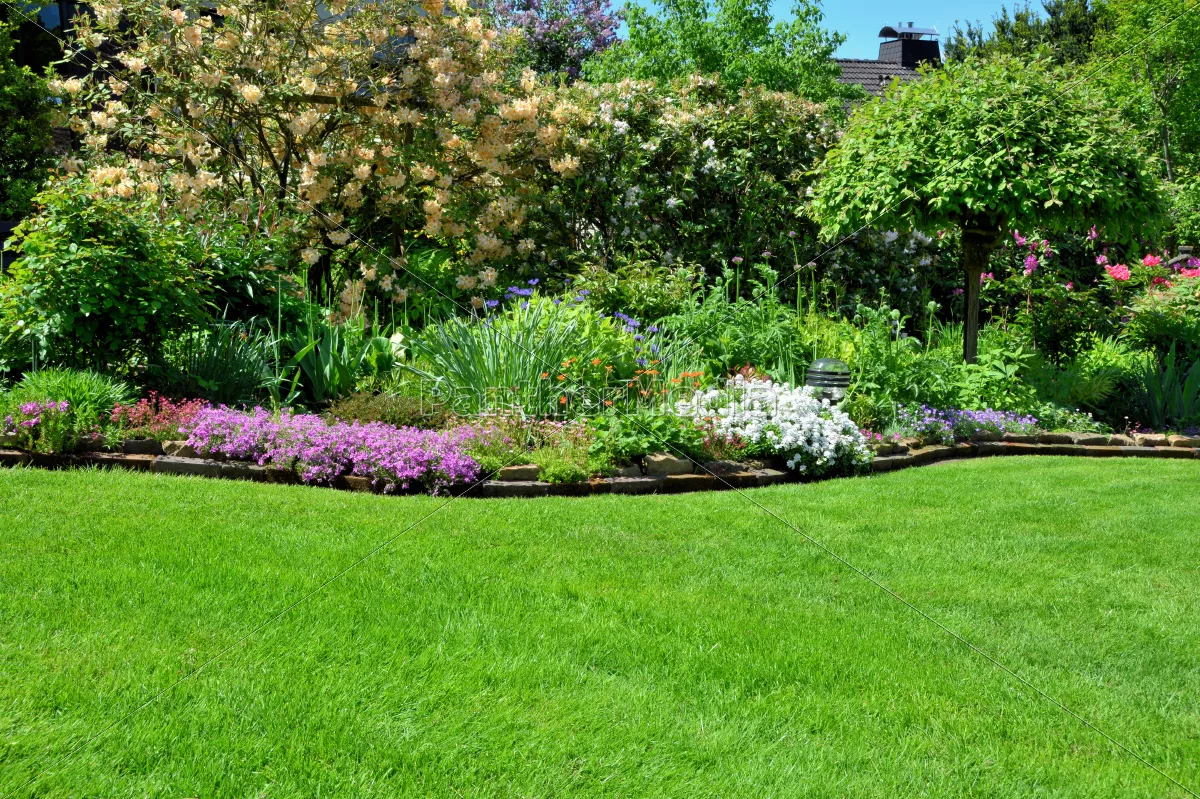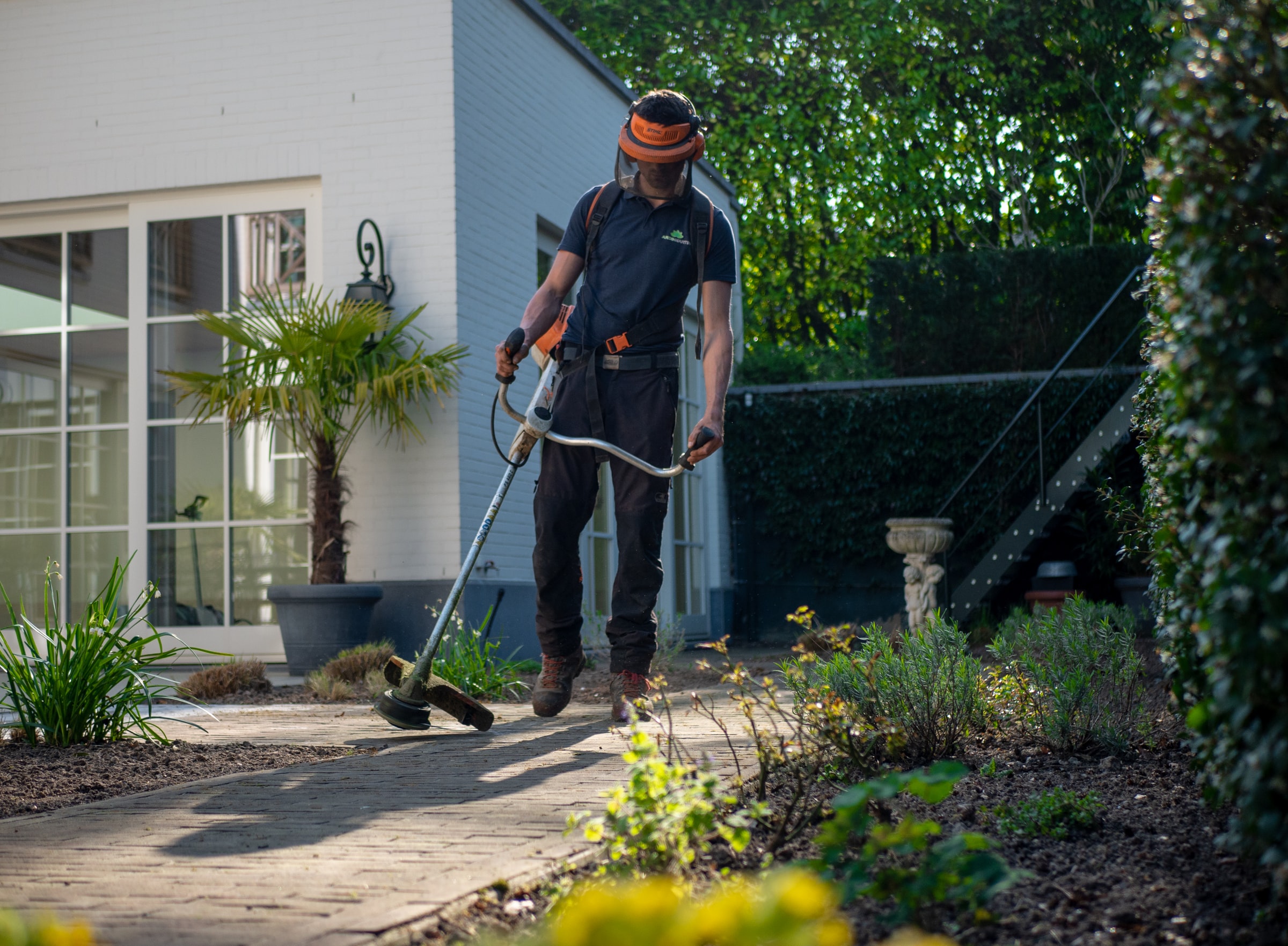Marigold flowers are a popular choice for gardeners because of their bright, vibrant colors and easy-to-grow nature. These flowers are perfect for adding a pop of color to your garden, and they’re also great for attracting beneficial insects like bees and butterflies. Here are some steps you can follow to grow marigold flowers in your own garden:
1) Choose the Right Location
Marigolds thrive in full sun, so choose a location in your garden that gets at least six hours of direct sunlight daily. They can also grow in partial shade but may not bloom as profusely. Marigolds prefer well-draining soil, so avoid planting them in areas prone to standing water.
2) Prepare the Soil
Before planting marigold seeds, it’s essential to prepare the soil properly. Marigolds prefer slightly acidic soil to be neutral (pH 6.0-7.0). If your soil is too alkaline, you can lower the pH by adding organic matter like compost, peat moss, or well-rotted manure. You can also add some sand to improve drainage.
3) Plant the Seeds
Marigold seeds can be sown directly in the garden after the last frost date in your area. Simply scatter the seeds on the soil and cover them with a thin layer of soil. Water the area gently to settle the soil. You can also start seeds indoors about 6-8 weeks before the last frost date and transplant them outside once the danger of frost has passed.
4) Watering
Marigolds need regular watering, especially during hot, dry weather. Water deeply, but don’t let the soil become waterlogged. The key is to keep the soil moist but not soggy. Avoid watering the leaves and flowers, as this can lead to fungal diseases.
5) Fertilization
Marigolds don’t require a lot of fertilization, but they benefit from a little boost during the growing season. You can use a balanced, all-purpose fertilizer once a month or a slow-release fertilizer at the beginning of the growing season.

6) Deadheading
Deadheading is the process of removing spent flowers from the plant. This not only keeps the plant looking neat but also encourages the plant to produce more flowers. Simply snip off the dead flowers at the base of the stem.
7) Pests and Diseases
Marigolds are generally hardy and don’t suffer from many pests or diseases. However, they can sometimes be affected by spider mites, aphids, or powdery mildew. You can control these pests by spraying the plant with a gentle stream of water or using insecticidal soap or neem oil. Powdery mildew can be prevented by ensuring good air circulation around the plant.
8) Companion Planting
Marigolds are excellent companion plants for many vegetables and herbs because they have natural insect-repelling properties. They can deter pests like nematodes, whiteflies, and aphids, which can damage other plants in your garden. Marigolds also attract beneficial insects like ladybugs and hoverflies, which feed on aphids and other harmful insects. Some good companion plants to grow with marigolds include tomatoes, peppers, basil, and beans. By planting marigolds alongside your other crops, you can help protect your garden from pests while adding color and beauty to the space.
9) Pinching
Pinching the tips of the marigold plants can encourage them to grow bushier and produce more flowers. You can pinch the tips once the plant has grown to be about 6 inches tall. Use your fingers or a pair of scissors to remove the top set of leaves and the stem just above them. This will stimulate new growth and produce a fuller, more abundant plant.
In conclusion, marigolds are easy-to-grow flowers that can add a lot of color to your garden. Following these simple steps, you can grow beautiful marigolds in your backyard. Just remember to choose a sunny location, prepare the soil properly, and water and fertilize the plant regularly. Happy gardening!





